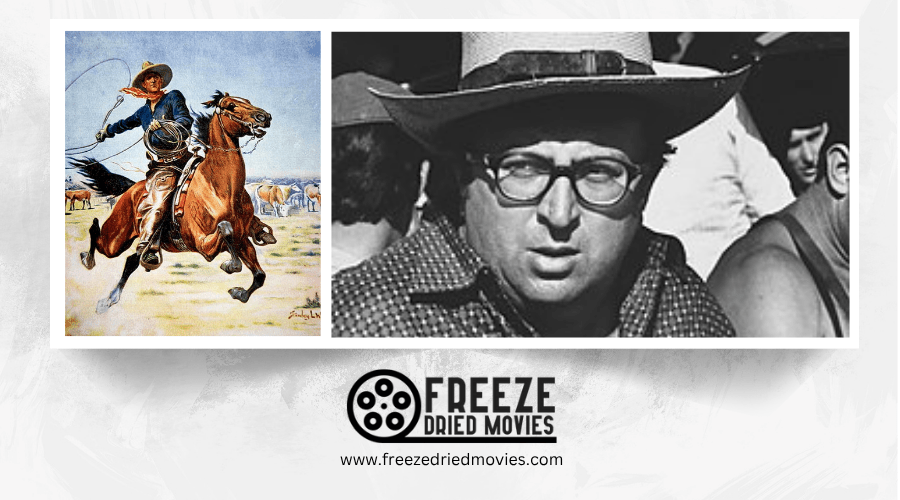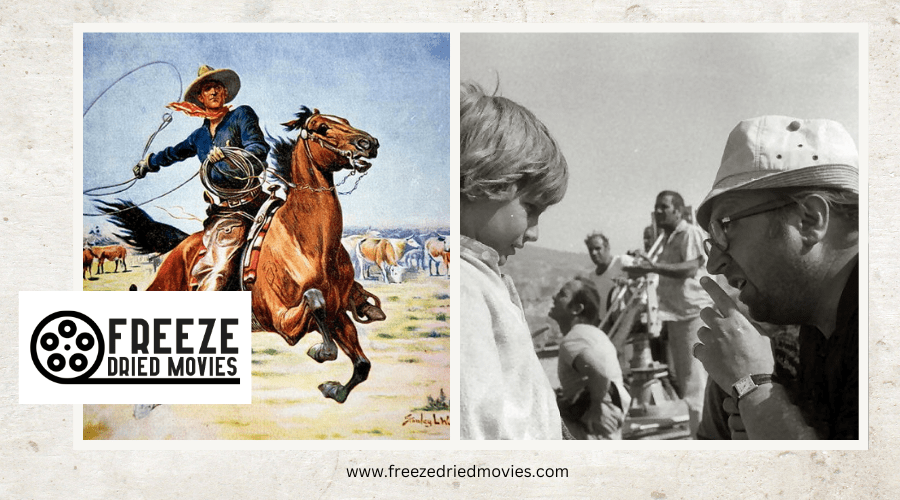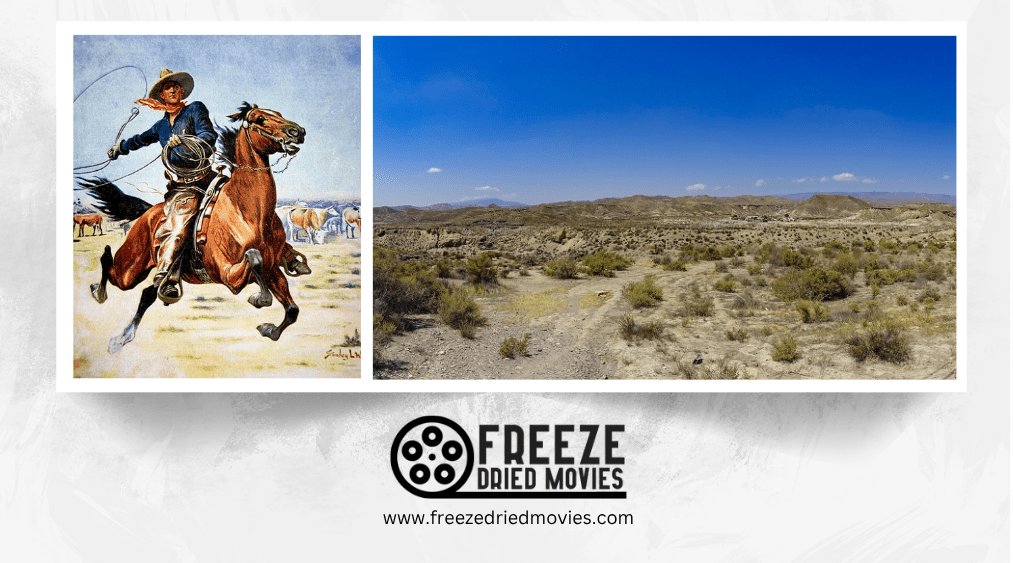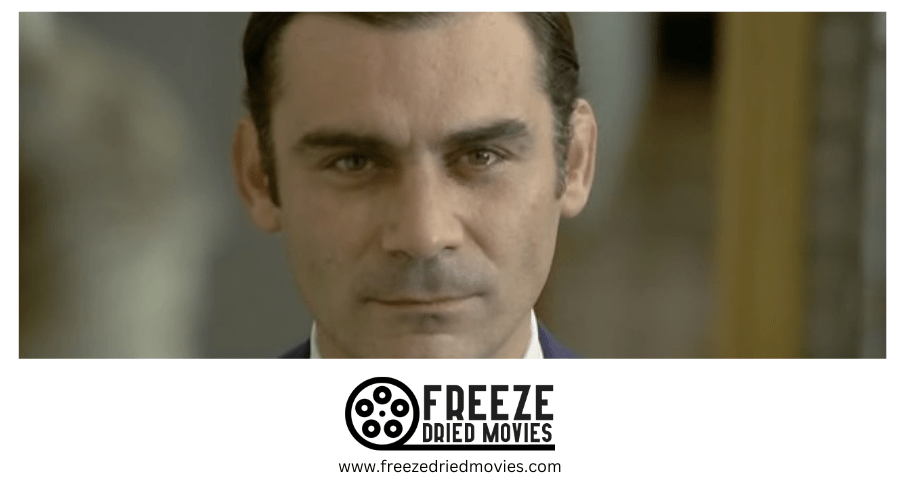How Duccio Tessari & Tonino Valerii Influenced Modern Westerns
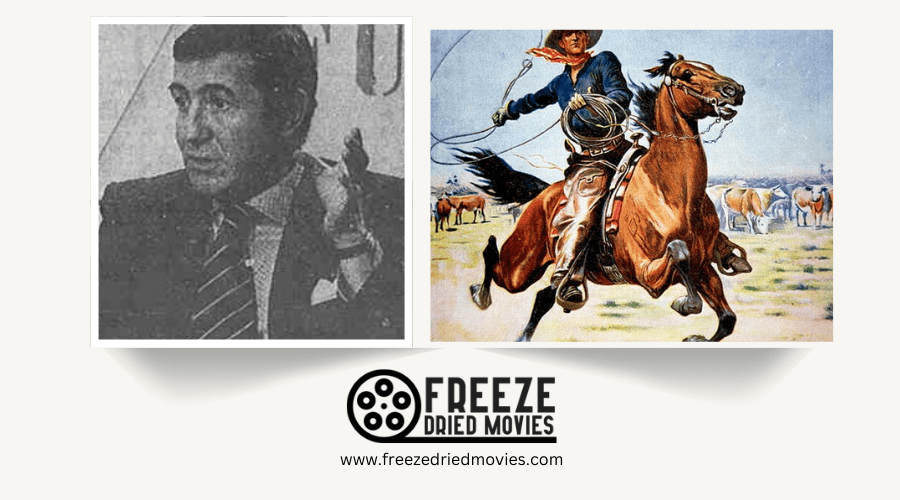
You've probably seen modern Westerns with morally complex gunslingers and stylized violence, but you might not know their true origins. Directors Duccio Tessari and Tonino Valerii revolutionized the genre in the 1960s, breaking Hollywood's white hat/black hat tradition with gritty realism and antiheroes. Their fingerprints remain on everything from Tarantino's films to TV's "Yellowstone." What made their approach so revolutionary, and why does it still captivate audiences decades later?
The Legacy of Spaghetti Western Auteurs
When we examine the evolution of the western genre, the revolutionary impact of Italian directors becomes impossible to ignore. While Sergio Leone often captures the spotlight, other visionaries like Sergio Corbucci and Tonino Valerii were equally instrumental in defining the spaghetti Western genre's bold aesthetic and thematic approach.
Valerii's collaborations with screenwriter Ernesto Gastaldi, particularly in "Day of Anger," showcased the genre's hallmark moral ambiguity and complex character dynamics. These auteurs crafted a cinematic language that would later fuel the neo-western movement, featuring antiheroes, distinctive visual styles, and unconventional narratives.
You'll find their fingerprints all over contemporary cinema, particularly in Quentin Tarantino's work, which liberally borrows from their visual language and often incorporates Ennio Morricone's iconic musical compositions as deliberate homage to these pioneering filmmakers. Their influence extends to actors like Steve McQueen, whose portrayal of morally complex antiheroes in films like The Magnificent Seven transformed the traditional cowboy archetype.
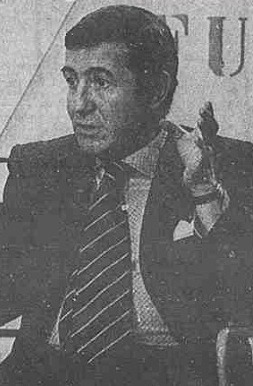
Cinematic Techniques That Reshaped Western Storytelling
Beyond their narrative contributions, Duccio Tessari and Tonino Valerii revolutionized western filmmaking through distinctive technical innovations that continue to influence directors today. You'll find their fingerprints across modern Western films, particularly in how they transformed the genre alongside contemporaries like Sergio Leone and Sergio Sollima.
Valerii's insistence on strong screenplays elevated Spaghetti Westerns from spectacle to complex narratives with psychological depth. Tessari's integration of irony and dark humor created a revisionist tone that challenged American Western conventions.
Their cinematic techniques—including dynamic camerawork, expressionistic music, and minimal dialogue—created a distinctive visual language. Their morally ambiguous protagonists broke from traditional hero archetypes, establishing character complexity that defines contemporary Westerns.
This complexity in character development is evident in modern films like "The Gentlemen," where Mickey Pearson's empire demonstrates a similar moral ambiguity that has become essential to contemporary storytelling.

Anti-Heroes and Moral Ambiguity in Tessari's Work
Duccio Tessari's most groundbreaking contribution to the Western genre lies in his radical reimagining of the protagonist. While traditional Western heroes fought for justice, Tessari's characters pursued self-interest, foreshadowing the complexity that Director: Sergio Leone would later perfect with Clint Eastwoods's iconic bounty hunter roles.
Tessari's spaghetti Western actors operated in ethical gray zones, challenging viewers' expectations of heroism. This revolutionary approach influenced countless later films featuring bounty hunters and antiheroes, including those starring Terence Hill and Bud Spencer, permanently transforming how audiences perceive protagonists in the Western movie landscape.
Much like Marlon Brando's rebels in 1950s cinema, these characters brought a new blend of toughness and vulnerability to the screen that resonated with audiences seeking more complex characterizations. You'll notice in "Ringo and His Golden Pistol" that Montgomery Wood embodies this new archetype—a morally flexible character who prioritizes personal gain over noble causes. Unlike the black-and-white morality of classic western movies,
Valerii's Visual Style and Its Modern Echoes
Tonino Valerii's remarkable visual language continues to echo through contemporary Western cinema decades after his pioneering work. His spaghetti westerns revolutionized the genre with moody lighting, dynamic camera angles, and intimate close-ups that revealed characters' inner turmoil.
You'll notice his influence in today's neo-westerns where directors embrace his gritty color palette and contemplative pacing.
- His innovative use of slow motion and jump cuts disrupted traditional western storytelling, inspiring modern filmmakers to subvert audience expectations
- The earth-toned minimalist aesthetic established a template for realistic western visuals
- His lingering, brooding silences created tension that directors like Eastwood and the Coen brothers have adopted
- Valerii's treatment of the natural environment as a character itself remains influential in how landscapes are integrated into contemporary western narratives
From Day of Anger to Django Unchained: Tracing the Influence
The lineage between classic spaghetti westerns and modern revisionist takes on the genrṬe stands out most vividly when examining Valerii's "Day of Anger" alongside contemporary works like Tarantino's "Django Unchained." Both films break down the traditional western hero archetype, replacing it with complex antiheroes whose moral compasses swing wildly between justice and vengeance.
You'll notice how "A Pistol for Ringo" by Director: Duccio helped redefine Western heroes, establishing foundations that later influenced Tarantino's approach. Like the Man with No Name in "A Fistful of Dollars," these protagonists operate outside conventional morality.
The outlaw gang dynamics in "Day of Anger" and Valerii's "My Name is Nobody" established templates for morally ambiguous characters that populate modern Westerns, offering complex narratives where righteousness and villainy blur in fascinating ways.
The Political Undertones That Changed Western Narratives
Unlike their Hollywood counterparts, which often glorified American expansion, Italian westerns by Tessari and Valerii embedded sharp political critiques within their gunslinging narratives. These European Westerns revolutionized the genre by challenging established power structures and offering commentary on real-world issues.
Tessari's protagonists often confronted capitalist exploitation, presenting moral ambiguity that questioned the American Dream's darker underpinnings. Valerii masterfully depicted class struggles in films like "Day of Anger," where the oppressed fight against authoritarian control. Both directors used the Western format to criticize American imperialism while creating compelling, complex anti-heroes. Their social commentary transformed Spaghetti Westerns from mere entertainment into artistic political statements that influenced filmmakers for generations.
Beyond The Gunfight: Character Development Evolution
Rugged anti-heroes with tormented souls replaced the clean-cut cowboys of classical Westerns as directors Tessari and Valerii pioneered a radical shift in character development. You'll notice in films like "A Pistol for Ringo" how Giuliano Gemma portrays layered protagonists driven by complex motivations rather than simplistic heroism.
Lee Van Cleef's performances in "Day of Anger" exemplify this evolution, showcasing characters consumed by moral ambiguity and psychological depth. Unlike Montgomery Wood's straightforward roles, these successful spaghetti westerns featuring Franco Nero (often named Django) or Gian Maria emphasized the internal conflicts driving the narrative.
This character-focused approach influenced Henry Fonda's transformation in "Once Upon a Time in the West" and continues to shape contemporary westerns where flawed protagonists struggle with revenge and self-interest rather than simply winning gunfights.

